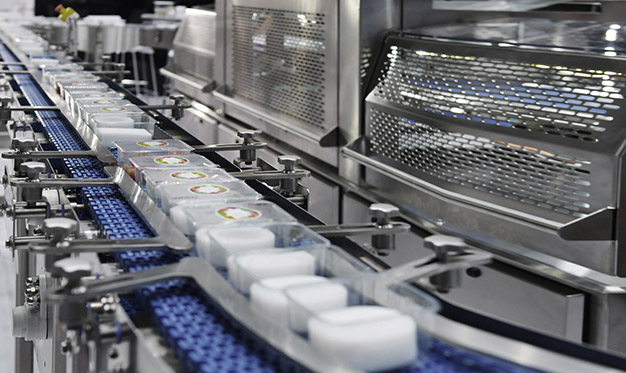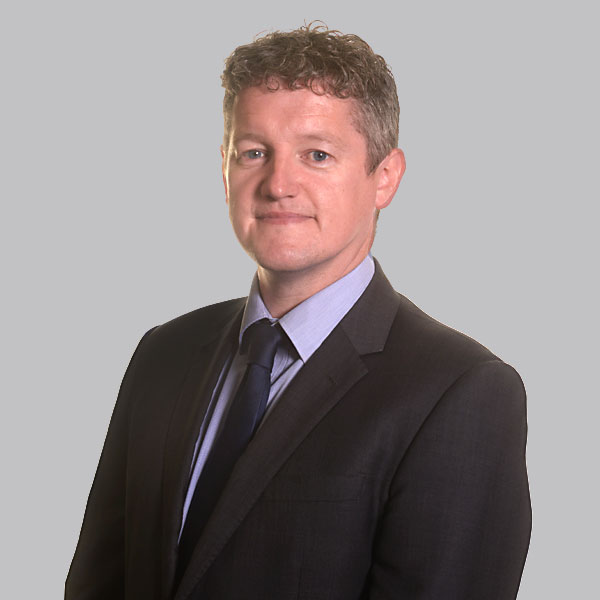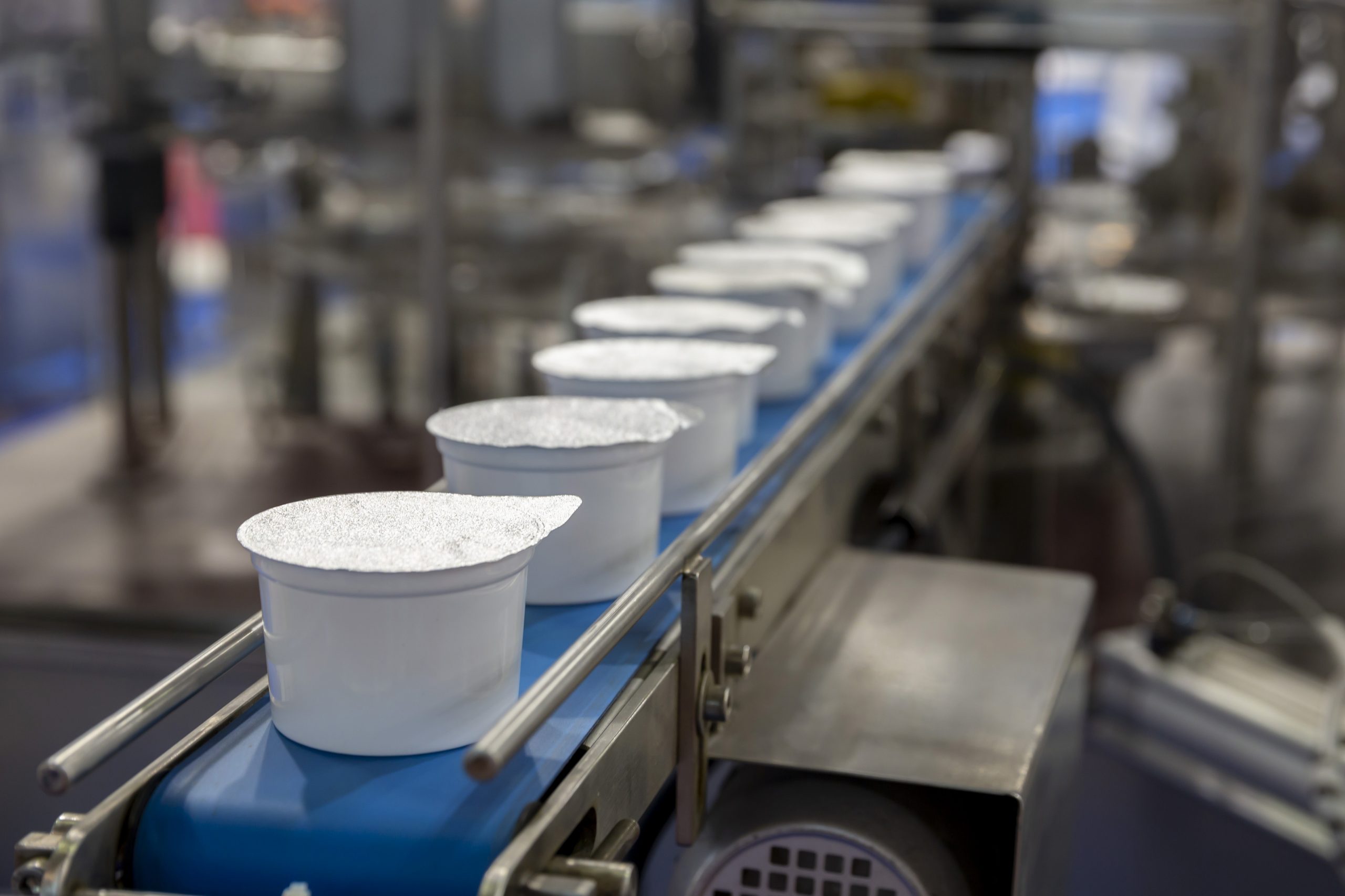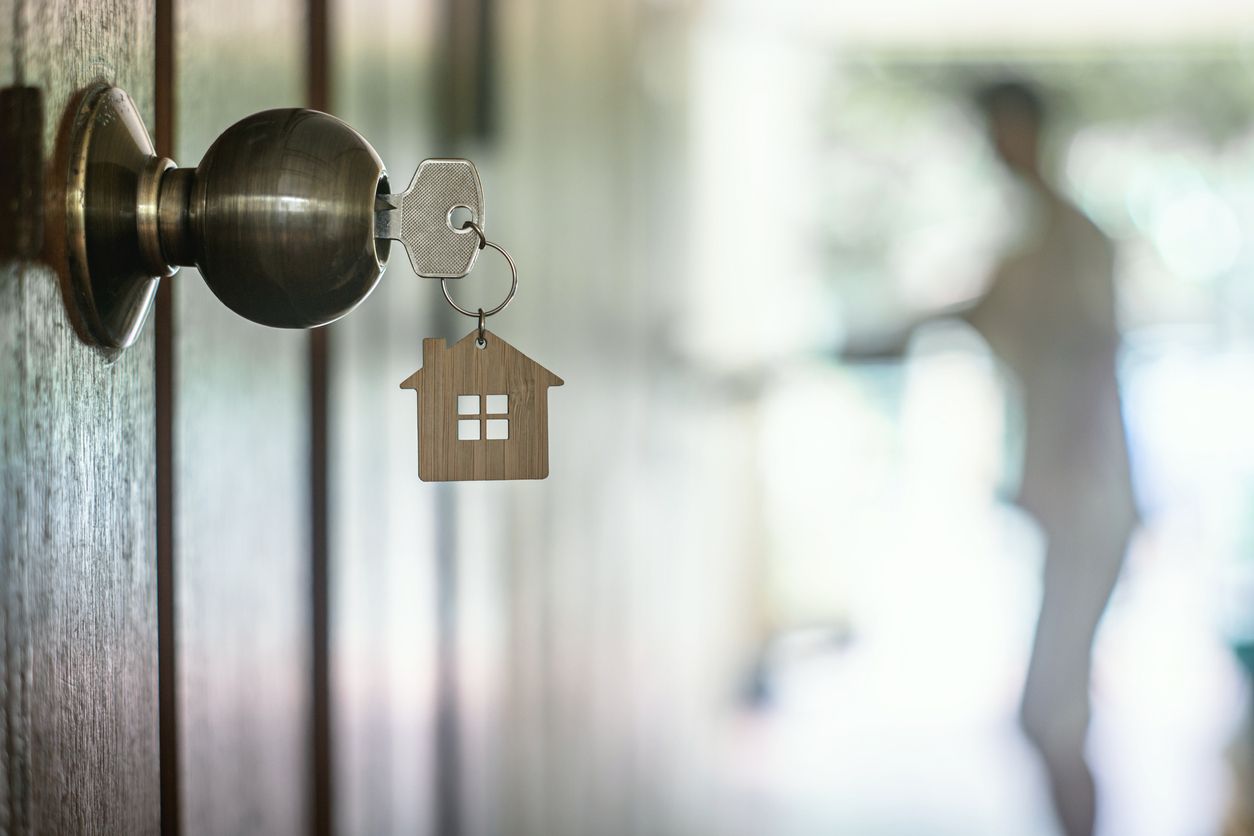There are many different types of liability cover available to business owners including D&O liability, professional indemnity and public liability amongst others. However, from a claims perspective, one of the most common types of cover we come across is that pertaining to product liability. Product liability insurance provides cover to an insured for losses arising from personal injury or property damage to a third party caused by a product the insured company designed, sold or supplied.

Depending on the severity of the issue, significant costs may be incurred by a third-party company that must deal with the resultant problem. In some cases, the issue may lead to a product recall, resulting in even greater costs and potentially a loss of gross profit. These losses will then be passed on to the company that caused the problem and ultimately, its insurers.
MDD is often instructed by insurers to assist in assessing the reasonableness of costs submitted in product liability matters. The type of damages we typically examine in a product liability claim affecting a business are explained in further detail below.
Repair or Replacement of Affected Products
The company that purchased a contaminated or faulty product will need to repair or replace these goods. The costs incurred in doing this will have to be met by the insured and ultimately its insurers.
In claims of this nature, the quantity of affected material or products sold by the insured to the claimant company will need to be reconciled to the volume being claimed as affected by the third party to ensure the claimed volume is reasonable. The affected items may be stored in inventory by the claimant at the time of discovery. In some instances, the product may have been used in the manufacture of the claimant’s own products, so this can be a complicated process. If held in storage, the obvious method of verification would be physical verification but, in our experience, this is not usually feasible. Therefore, the verification process may involve a detailed “paper trail” involving analysis of the insured’s own data. This could include production and shipment records as well as inventory and production records from the claimant. If the claimant has already sold products that were manufactured using the contaminated material, further documentation to confirm the sale and return of these products will be needed.
It may be the case that the affected products have already been destroyed by the claimant or customers of the claimant following the discovery of the problem, and therefore cannot be physically verified. If this is the case, then destruction certificates or other stock system documentation should be requested to evidence the nature and quantity of the items destroyed and confirm these are related to the problem product supplied by the insured.
Once the quantity has been verified, the loss of the affected items will need to be valued and the affected stock could be a combination of raw material, work in progress or finished goods with different bases of valuation applied to each.
When presented with claims of this nature we often find that the finished goods stock is claimed by the third-party company at total manufacturing cost or selling price whereas the appropriate basis of valuation is typically the costs directly linked to the manufacture of that stock only i.e. the variable or marginal costs. Therefore, care needs to be taken to properly understand the basis of the valuation adopted in the claim.
We were recently involved in a product liability claim where the insured had unwittingly sold contaminated material to one of its customers. The contaminated material was then used by the customer in the manufacture of high-voltage subsea cables. As a result of the discovery of the contaminated material, it became necessary for the insured’s customer to scrap the cables manufactured using the contaminated material and then reproduce new cables. A claim was presented by the customer amounting to approximately EUR 5,000,000 for the reproduction of the cables. However, analysis of the limited information provided revealed that the customer’s claim included approximately EUR 1,000,000 relating to fixed costs. The customer’s fixed costs did not increase as a result of the remanufacturing activity and were therefore stripped out of our assessment of the loss which was ultimately accepted as reasonable by the claimant.
Additional Costs Incurred by the Claimant Company
A product liability event can cause third parties to incur significant additional costs. These additional costs may include investigation and cleaning costs, additional transportation to retrieve or move affected stock, overtime to deal with the repercussions of the incident, additional storage costs for segregation of affected stock and product disposal costs. For all claimed costs, a detailed costing exercise should be undertaken to confirm the submitted costs are supported by appropriate documentation to evidence the costs have been incurred. It is important to gain an understanding of the claimant company’s operations, and to examine the management accounts, if possible, to verify the additional costs would not have been incurred irrespective of the incident.
It is also common to be presented with a claim for management time from the claimant company. This is typically a fixed cost and would be excluded from our measure of the loss as it does not strictly represent an incremental cost. However, in claims of this nature, this is often paid by the insured due to commercial pressure between the claimant and the insured.
Loss of Gross Profit
In some cases, the incident may prevent the claimant company from supplying product to its own customers for a period of time, potentially leading to the submission of a claim for loss of gross profit. As with any loss of profits calculation, it is important to consider what the company’s sales level would have been had the incident not occurred. Depending on the nature of the business and the length of time that sales are impacted, different factors may need to be considered such as weather, competition or planned changes in product offering. A detailed analysis of sales of other products may also be necessary to evaluate potential mitigation through sales of other products as “substitutes” for the affected product(s). In our experience with product liability claims, the claim for loss of gross profit is often poorly supported and theoretical in nature, meaning it is important to be able to reach reasonable conclusions with limited documentation.
Common Challenges in a Product Liability Claim
Our experience has shown there are a number of common challenges associated with product liability claims which are best addressed through the use of a forensic accountant.
For example, obtaining the necessary supporting documentation from the third-party claimant to properly evidence the loss suffered can prove more challenging than in a first party claim scenario where we are obtaining the relevant information from the insured. Understandably, when dealing with a liability claim, a company who have incurred losses through no fault of its own can be reluctant to engage with the experts employed by the insurers of the company who – from the claimant’s point of view – have caused the problem.
This places greater emphasis on the need for insurers to ensure the experts they are instructing to verify the loss are asking the most appropriate and effective questions of the claimant as there may only be one opportunity. Likewise, if meeting with the claimant, the experts involved need to approach such a meeting aware of the sensitivities involved and with a different mindset to that employed when dealing with a first-party claim.
We find the independence of a forensic accountant can prove advantageous in the above scenario. We have also signed non-disclosure agreements with claimants in the past to ensure documentation can be provided, as well as reporting using agreed protocols to ensure the claimant company is comfortable in providing potential commercially sensitive information.
Another common challenge is the urge of an insured to come to a commercial agreement with the claimant company in order to protect the relationship between the two parties. Perhaps understandably one of the main concerns for the insured is in not damaging the relationship beyond the damage already done, especially if the problem involves a major customer or bad publicity is being generated. This means the insured will want an agreement to be reached quickly without necessarily considering whether the appropriate documentation has been obtained to properly evidence the claim for its insurers.
Our past experience and resources mean we can make the most of the limited opportunities to efficiently analyze any limited documentation provided and ensure insurers gain the level of comfort needed before any commercial agreement is reached. We can also assist in managing expectations for all parties involved and compile loss estimates with limited documentation to provide a range of estimates and set parameters for payments being made by the insured.
With product liability claims, it may be the case that the insured who supplied the faulty material or product has itself purchased this from another company. This raises the possibility of a future subrogation action against the company who have caused the problem for any losses paid out by insurers and any uninsured losses suffered by the insured themselves. The involvement of a forensic accountant in the analysis of the amounts they are hoping to be recovered will maximise any future recovery opportunities and assist in managing expectations for all parties involved.
It is worth noting, in relation to the above challenges that the ability of a forensic accountant to assist in addressing these areas is enhanced by early involvement as this provides more opportunity to properly address the relevant issues leading to fewer assumptions having to be taken.
Closing
Due to the development of increasingly stringent legislation and globalisation resulting in more and more complex supply chains, it is likely product liability claims will only increase in the future and will potentially be more complex than ever. The above outlines the typical areas of loss we are asked to evaluate in what can be challenging claims for the reasons outlined. However, each claim is unique and our experience of dealing with such claims over the years puts us in the best position to ensure not only that the numbers are accurately quantified, but also that the process is as smooth as possible for all the parties involved and that relationships are maintained coming out of such a potentially traumatic event.
The statements or comments contained within this article are based on the author’s own knowledge and experience and do not necessarily represent those of the firm, other partners, our clients, or other business partners.










